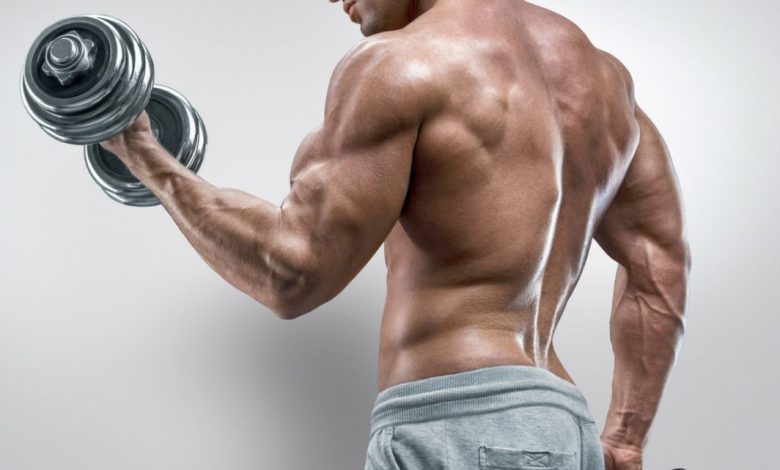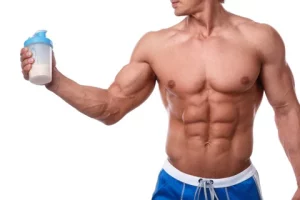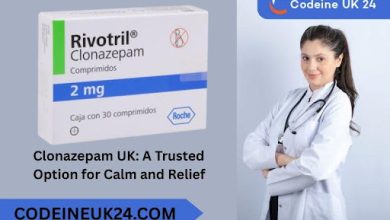Navigating Your Post Cycle Therapy: Steroid Strategies
Navigating Your Post Cycle Therapy: Steroid Strategies

Embarking on a steroid cycle for muscle growth and performance enhancement is a decision that requires careful consideration and planning. Equally important, if not more so, is the phase that follows the cycle – Post Cycle Therapy (PCT). This guide is designed to provide valuable insights into navigating your PCT effectively, emphasizing strategies to optimize recovery, restore hormonal balance, and preserve the gains achieved during the steroid cycle.
Understanding Post Cycle Therapy:
Anabolic steroids, while effective in promoting muscle growth, can disrupt the body’s natural hormonal equilibrium. The endocrine system, responsible for regulating hormones, may need support in returning to its baseline after a steroid cycle. Post Cycle Therapy becomes a crucial component of the fitness journey, aiming to minimize side effects, prevent hormonal imbalances, and ensure a smoother transition to natural hormonal production.
The Core Objectives:
- Restarting Natural Testosterone Production: The primary goal of PCT is to reactivate the Hypothalamic-Pituitary-Testicular Axis (HPTA), which regulates testosterone production. This axis is often suppressed during a steroid cycle, and PCT aims to kickstart the body’s ability to produce testosterone on its own.
- Controlling Estrogen Levels: Steroid use can lead to an increase in estrogen levels, potentially causing side effects like gynecomastia and water retention. Post Cycle Therapy often involves the use of selective estrogen receptor modulators (SERMs) and aromatase inhibitors (AIs) to control estrogen and restore a balanced hormonal environment.
- Preventing Testicular Atrophy: Prolonged steroid use can result in testicular atrophy – a reduction in testicle size. Human Chorionic Gonadotropin (hCG) is commonly incorporated into PCT to mimic the action of luteinizing hormone (LH) and stimulate the testes, preventing or reversing testicular atrophy.
PCT Strategies for Effectiveness:
- Selecting the Right Compounds: The choice of compounds used in PCT plays a crucial role in its effectiveness. Commonly used SERMs include tamoxifen and clomiphene, while AIs like anastrozole help control estrogen levels. hCG is often added to prevent testicular atrophy. Consulting with healthcare professionals can help tailor the Post Cycle Therapy protocol to individual needs.
- Timing is Key: Initiating PCT at the right time is crucial for success. It typically begins once exogenous steroids have cleared the system, allowing the body to recognize the need for natural hormone production. Starting PCT too early or too late can impact its efficacy.
- Individualized Approach: There is no one-size-fits-all approach to PCT. Factors such as the duration and types of steroids used, individual response to treatment, and overall health must be considered. Customizing the Post Cycle Therapy protocol to individual needs increases the likelihood of a successful recovery.
- Monitoring Health Parameters: Regular health monitoring is essential during and after PCT. Blood tests, including hormone levels, liver function, and lipid profiles, provide valuable insights into the body’s response to PCT. This data helps identify any potential complications and allows for adjustments to the protocol if needed.
- Combining Pharmaceutical and Natural Approaches: While pharmaceutical interventions like SERMs and AIs are fundamental to Post Cycle Therapy, incorporating natural approaches can enhance the overall recovery process. Natural testosterone boosters, lifestyle modifications, and a well-balanced diet can contribute to hormonal balance and general well-being.
Lifestyle Considerations During PCT:
- Dietary Support: A well-balanced diet rich in nutrients supports overall health and recovery. Adequate protein intake, healthy fats, and micronutrients contribute to optimal hormonal function. Consider consulting with a nutritionist to tailor your diet to post-cycle needs.
- Adequate Sleep: Quality sleep is crucial for hormonal balance and recovery. Aim for 7-9 hours of uninterrupted sleep per night during PCT to support the body’s natural processes.
- Stress Management: High stress levels can negatively impact hormonal balance. Incorporate stress-reducing activities such as meditation, yoga, or deep breathing exercises into your routine during PCT.
- Gradual Reduction of Training Intensity: While maintaining physical activity is important, consider gradually reducing training intensity during PCT. This allows the body to adapt to changes in hormonal balance and minimizes the risk of setbacks in recovery.
Conclusion:
Effectively navigating your Post Cycle Therapy is a crucial phase in the journey of those who choose to use anabolic steroids. It involves a strategic and well-informed approach to restore the body’s natural hormonal balance, mitigate potential side effects, and preserve hard-earned gains. By emphasizing the core objectives of Post Cycle Therapy, implementing tailored strategies, and incorporating lifestyle considerations, individuals can optimize their recovery and set the stage for long-term health and fitness success. Remember, PCT is not just about the end of a cycle; it’s about fostering a holistic approach to well-being and sustainable fitness goals.





